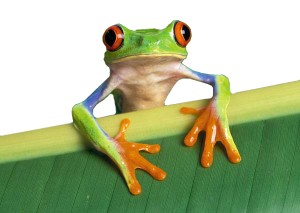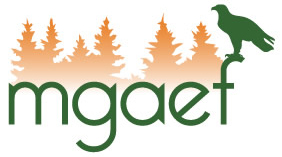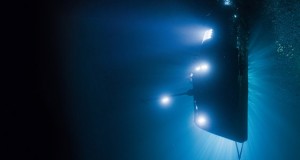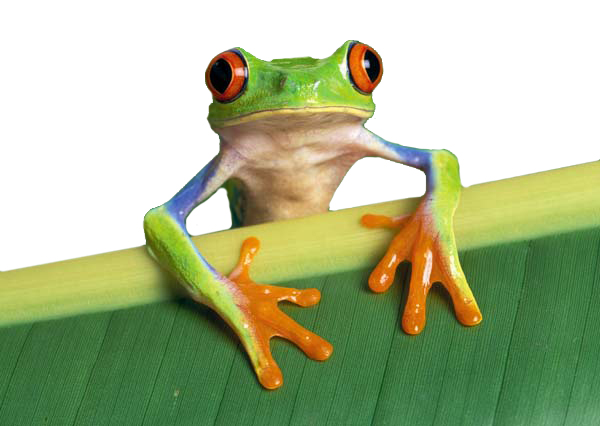
1. National Geographic Education: Collections
The National Geographic Education website has a number of collections dedicated to different areas within the natural sciences. Topics include ocean education, ecosystems, natural disasters, endangered species, and much more. Resources can be selected by grade, subject, type, and more.
http://education.nationalgeographic.com/education/collections-topics/?ar_a=1

2. Melinda Gray Ardia Environmental Foundation Grants
K-12 teachers are invited to apply for grants to develop or implement environmental curricula that integrate hands-on ecology exercises into the classroom. To facilitate learning and student empowerment, environmental curricula should be holistic and strive to synthesize multiple levels of learning (facts, concepts, and principles), often including experiential integrated learning and problem solving. The deadline for pre-proposals is September 13, 2013.
http://www.mgaef.org/application.htm

3. Aquatic Food Webs
This NOAA Education Resources website offers an exploration of aquatic food webs. The website offers videos, lesson plans, and data sets. Check out the Real World Data investigations, Who’s Eating Whom, and more.
http://www.education.noaa.gov/Marine_Life/Aquatic_Food_Webs.html
4. Spark 101
Spark 101 features free interactive videos made by industry professionals on science, technology, engineering, and mathematics (STEM) topics. Teachers can use these brief videos to engage students in solving real-world problems. The content is directly connected to national curriculum from the College Board’s Advanced Placement, the National Academy Foundation, and Project Lead the Way. The videos have a three-segment format, with pauses for student dialogue.
http://www.spark101.org/

5. DeepSea America
The Deepsea Challenger is James Cameron’s single-pilot submersible that he took to the bottom of the Mariana Trench. Follow the archives through daily logs, photos, and more as the sub and expedition team traveled on a nation-wide educational tour to highlight the importance of ocean research and green STEAM (science, technology, engineering, arts, and mathematics) education from California to Massachusetts, where the sub has been donated to the Woods Hole Oceanographic Institution.
http://www.deepseaamerica.com/

6. Nature Bridge
NatureBridge provides hands-on environmental field science education for children and teens through National Park-based overnight field science programs. Parks include Channel Islands, Olympic, and others. NatureBridge provide scholarships to more than 35% of their participating schools in order to reach more students from underserved communities. Sign up for email updates, download lesson plans, and more.
http://www.naturebridge.org/

7. Citizen Science – Precipitation Measurements
The Community Collaborative Rain, Hail and Snow Network is a non-profit, community-based network of volunteers measuring and mapping precipitation (rain, hail and snow). By using low-cost measurement tools, stressing training and education, and utilizing an interactive website, the aim is to provide high-quality data for natural resource, education, and research applications.
http://www.cocorahs.org/

8. Outdoor Nation
Outdoor Nation is dedicated to reconnecting youth with the outdoors. They host summits around the country, offer grants, lead outdoor outings, and more in an effort to mobilize a movement to get people back outside. Summits in Chicago, Illinois and Seattle, Washington will be held July 2013.
http://outdoornation.org/

